
there’s a lot to appreciate about the Azores, an archipelago of nine islands in the Mid-Atlantic Ocean that make up an autonomous region of Portugal. Located far from mainland Portugal, the Azores offer a unique landscape and culture.
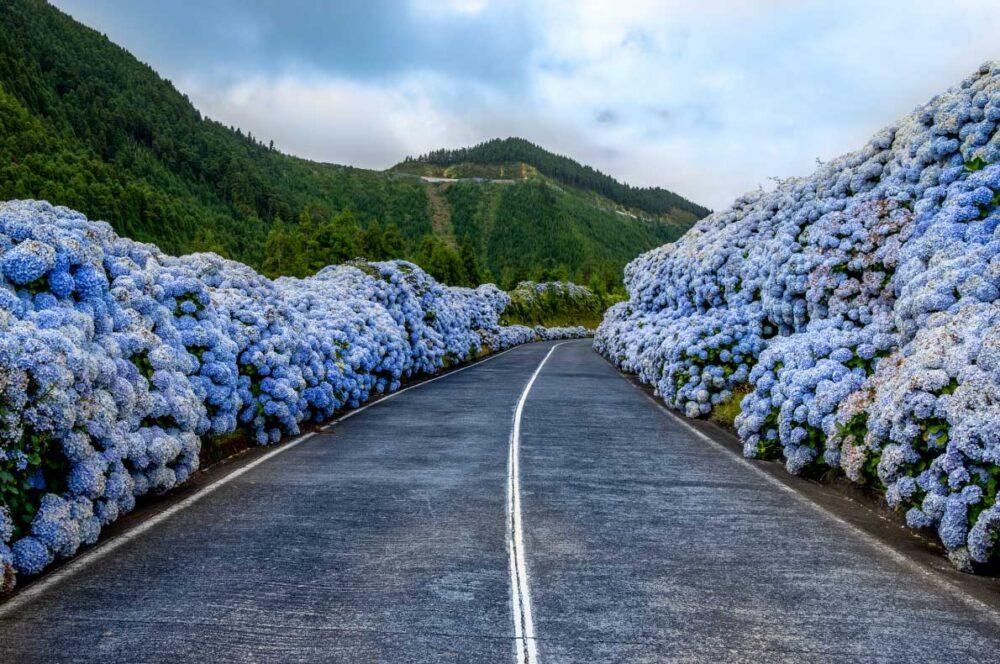
These picturesque Atlantic islands, with a combined population of just over 240,000 residents, boast stunning natural landscapes that include idyllic waterfalls, pristine beaches, verdant valleys, and the lush hydrangeas that have become the national flower. With nine small islands, this mid-Atlantic archipelago offers a variety of attractions for visitors seeking an escape amidst unspoiled natural beauty.
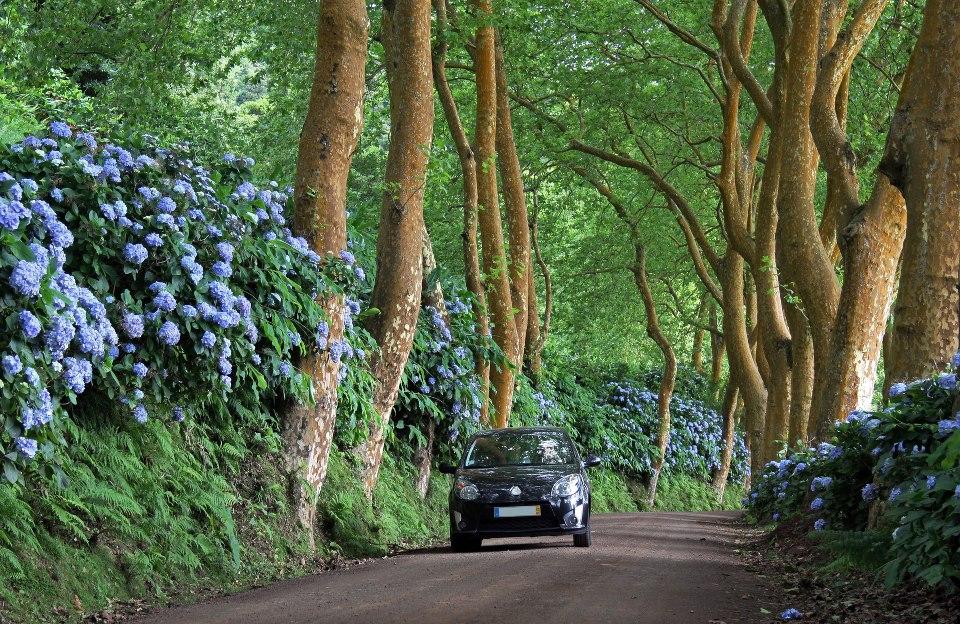
Brought to the area hundreds of years ago by Portuguese explorers and missionaries, these non-native flowers were once so widespread on these islands that they severely damaged much of the region’s native plant life.

the fertile volcanic soil, the constant rainfall and the characteristic microclimate of the Azores archipelago have proven to be ideal for growing hydrangeas. Particularly on the islands of Sao Miguel, Faial, Flores and Graciosa, the 20th century saw hydrangeas flourish and become an emblem of the region.
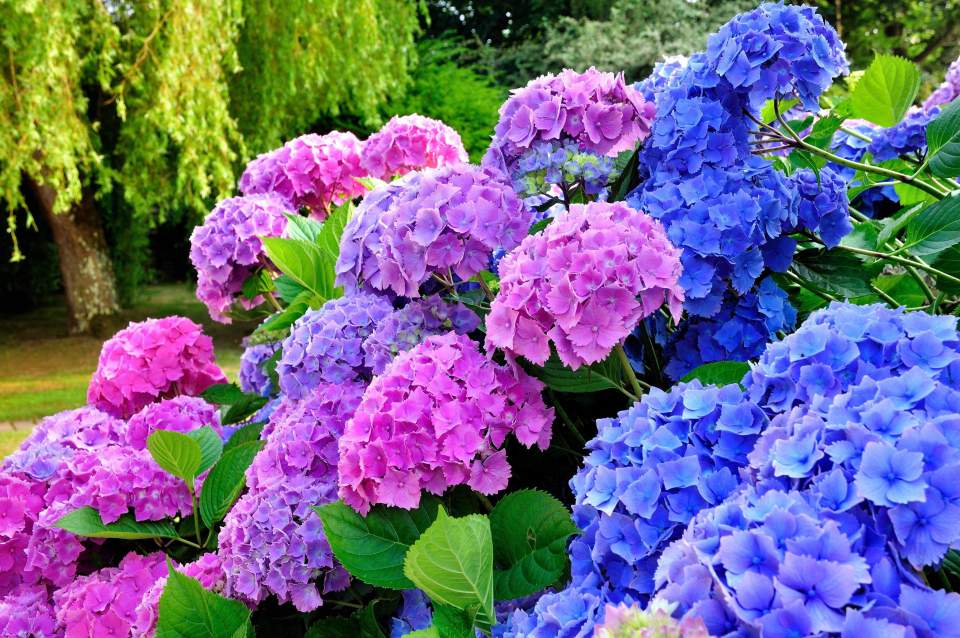
On these picturesque sustainable islands, the vast number of hydrangeas, once considered an infestation of the area, have become an emblem of regional charm and natural splendor. Memories of the hydrangea-filled landscapes of these islands will live on as treasured keepsakes for all those lucky enough to visit.
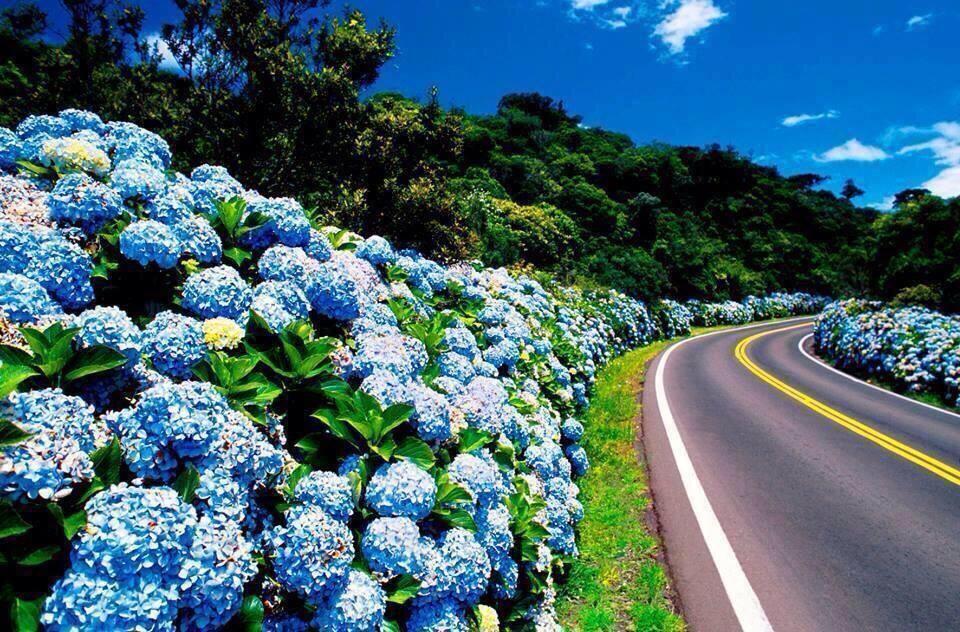
The variety of shades present in the hydrangeas of this island is striking, including shades of blue, purple, crimson, pink and ivory flowers, some of which reach up to 25 centimeters in diameter.

Azorean hydrangeas are internationally recognized for their profusion, scale, and the natural splendor they impart to the island’s landscape. Visitors looking for a chance to appreciate these hydrangeas would do well to explore the countryside and roads.

these flowers bloom from late April to early September, with the peak blooming season occurring during May and June in the Azores islands.
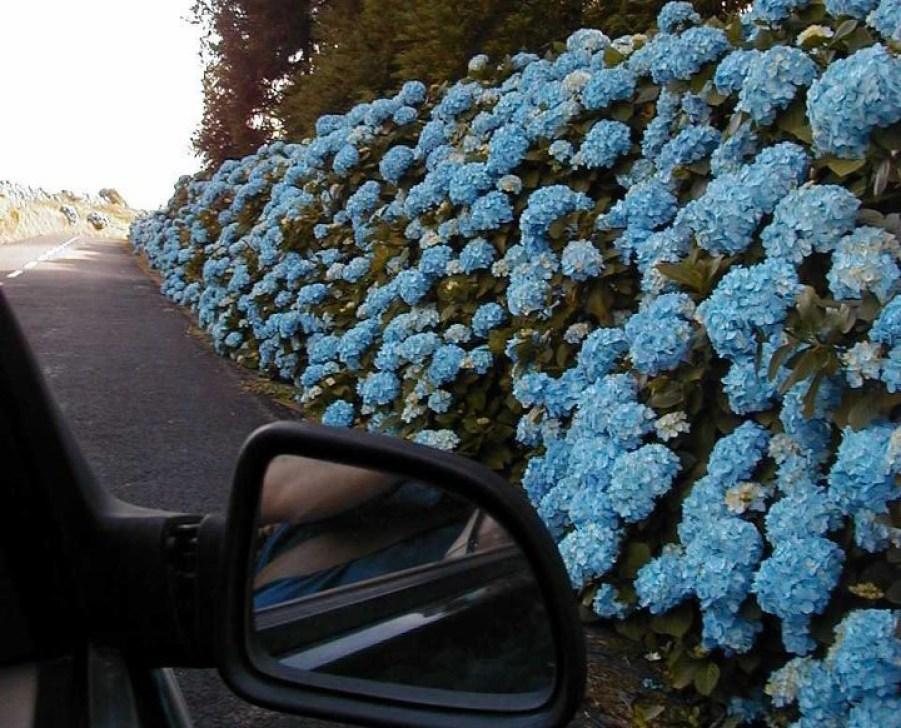
An island in the Azores archipelago prized by sailors for its central location in the Atlantic, Faial is best known for its abundance of hydrangeas, mostly in shades of blue and purple, which bloom all summer long. Contrary to popular belief, the color of hydrangeas is not determined by the seeds but by the acidity level of the soil in which they are grown. the alkaline nature of Faial’s soil results in the vivid blue and purple hues that have become the island’s hallmark. Due to its picturesque landscape and ideal climate, Faial is a popular destination for those seeking an escape amidst natural beauty.
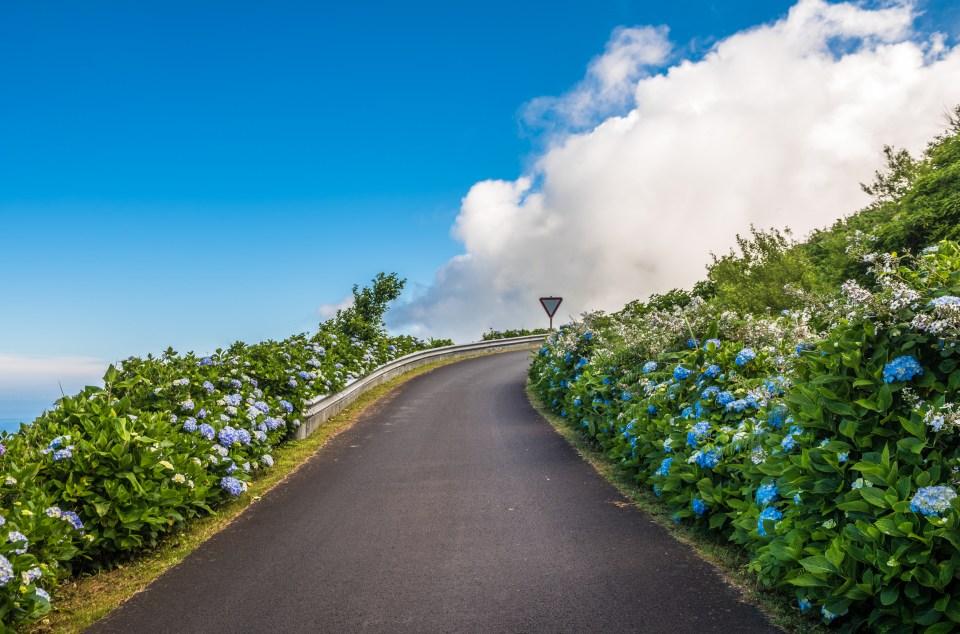
the color of hydrangeas in certain regions is determined primarily by the soil conditions of the area. Acid levels in the soil, in particular, play a key role in influencing the color of hydrangeas. the volcanic soil found on many islands, for example, maintains a constant acidic pH, causing most hydrangeas to produce blue-hued flowers. Conversely, across the street, the soil can be more alkaline, giving rise to deep purple or light red hydrangeas. Due to the direct impact of soil acidity on flower color, minerals and soil composition are the factors that drive the variety of hydrangea colors seen in different locations.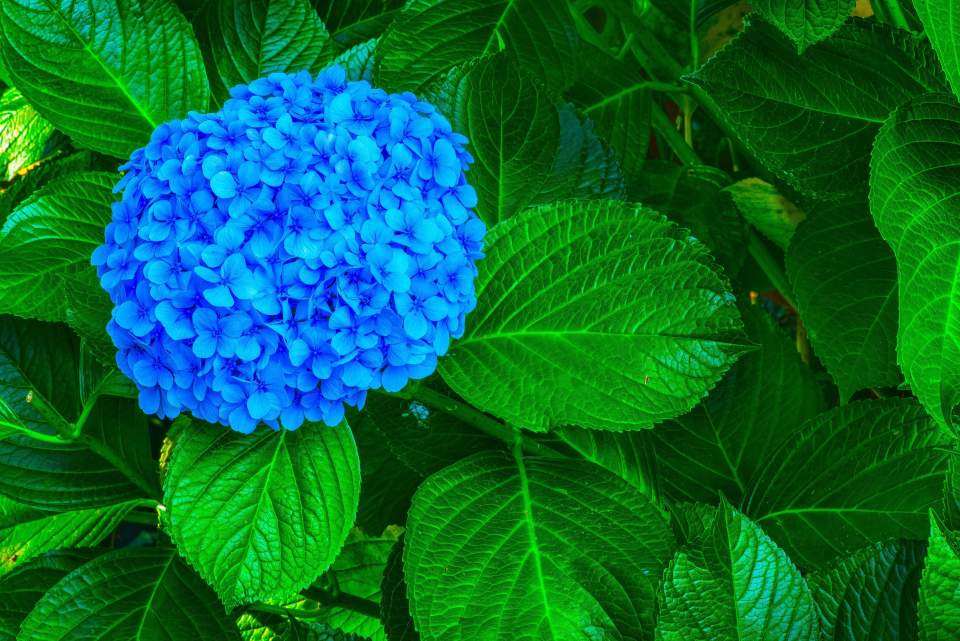
the hue of hydrangeas gradually changes as the seasons go by. Light blue hydrangeas in the spring evolve to a deep purple during the warmer summer months before fading until the following year.
Traveling to the Azores islands and driving through the villages and rural communities, one will observe verdant pastures populated by cattle grazing on the vibrant grass, divided by hedges of hydrangeas that reach 3-6 feet in height. This would certainly constitute an aesthetically pleasing sight.








